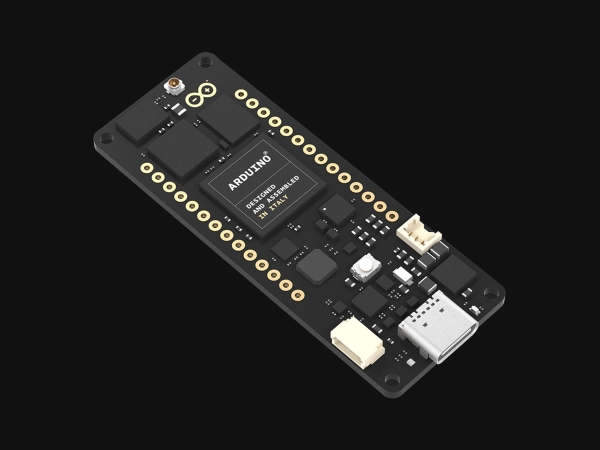CES 2020 has been full of the usual intrigue and amazing display of technological advancements across different industries. As usual, it has featured the release/launch of several new products by different companies and one of such announcements we know will interest the community, is the launch of the Arduino Portenta Family of Boards, with the first member of the family; The Portenta H7 board.

The Portenta Family was created to fill the need for industry-grade boards and the first member of the family; the Portenta H7, shows they mean business as it was announced alongside a companion board; called the Portenta Carrier Board, which will leave you with an impression of this being baby steps towards Arduino getting into the SBCs and Embedded Gateways space.
The Portenta H7 is built around the STMicro STM32H747XI which implements a dual-core comprising of Arm Cortex-M7 (running at 480MHz ) and a Cortex-M4(running at 240MHz) on-chip. The dual-core nature enables applications that allow users to simultaneously run high-level code along with real-time tasks. It was consciously designed for industrial applications, with specific features that make it suitable for such an environment, like support for operating temperatures between -40° and 85°C.
Some of the features and specifications of the Portenta H7 include:
- STM32H747XI Microcontroller with ARM Cortex-M7 and Cortex-M4
- 2MB SDRAM
- 16MB QSPI NOR Flash
- MXP SE0502 onboard Security
- Bluetooth 5.1
- 2.4GHz WiFi 802.11b/g/n
- On-board 10/100M PHY
- MIPI DSI with an 8-bit camera interface via an 80-pin connector
- Single USB 2.0 Type-C port for power, programming, and DisplayPort (MIPI DSI)
- Arduino MKR headers with UART1, 6x Analog input pins, GPIO, PWM, SPI, I2C, Reset, 5V, 3.3V, and GND
- 2x 80 pin high-density connectors which can be accessed via the Portenta Carrier Board to provide access to additional ports like; UART (4), CAN Bus(1), USB2.0(2), I2C(2), SPI(2), ADC(8 16-bits), DAC(2 12-bits), GPIO(6), I2S, DMIC, and SAI.
- 22 timers and watchdogs
- Supports up to 5V via USB-C port or VIN pin
- Supports Power to board via a 3.7V Single-Cell LiPo Battery with an Integrated Charger
- Temperature Range – -40 °C to +85 °C (excl. Wireless module) / -10 °C to +55 °C (incl. Wireless module)
Some of the specs provided above can be customized to suit the user’s needs. For instance, memory could be increased to 64 MByte of SDRAM, and 128 MByte of QSPI Flash, an external UFL antenna connector could be added to the board, and you can choose between crypto-chips from Microchip® or NXP.
Read more: MEET THE ARDUINO PORTENTA!
